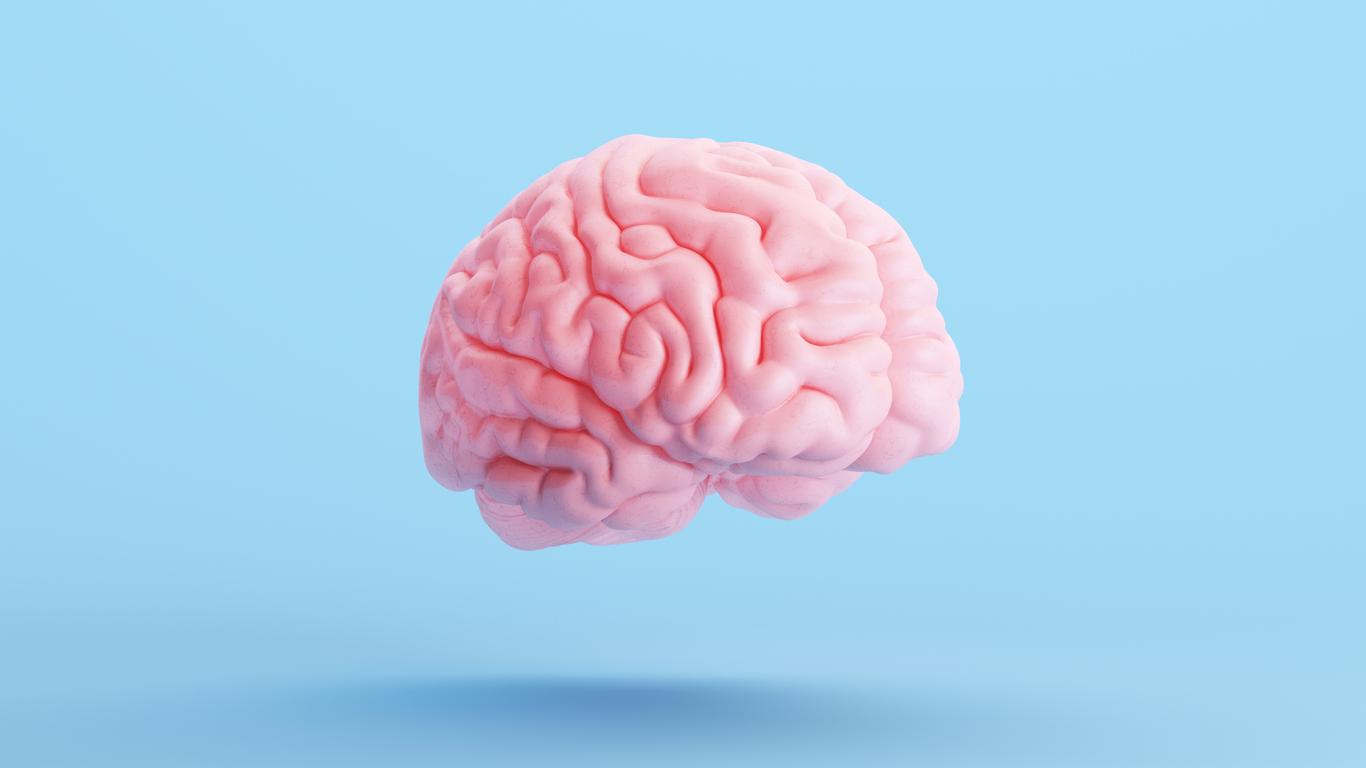While microplastics have already been identified in several organs of the human body, it appears that they also migrate to the brain.

- New research indicates the presence of microplastics in human brains.
- Microplastics are tiny particles less than 5 millimeters in size that come from the decomposition of larger debris or products containing microbeads such as cosmetics.
- Microplastics could be involved in the onset of certain diseases, particularly cancerous or inflammatory ones.
A “quite alarming quantity” microplastics have been found in human brains.
The study The study that made the discovery involved 51 brain tissue samples from people who died in 2016 or 2024. The average age at death was 50 years for the 2016 cohort and 52.3 years for the 2024 cohort.
The team of researchers first chemically analyzed small portions of brain samples for signatures of 12 different plastic polymers, including PVC, polystyrene and polyethylene.
They also used a powerful electron microscope that allowed them to identify “countless” suspicious particles which, by their size and shape, appeared to be possible microplastics.
They also compared their results to liver and kidney tissue samples also taken during autopsies.
More microphoneplastics in the brain than in the liver and kidneys
“The brain samples, all from the frontal cortex, revealed significantly higher concentrations of microplastics than the liver or kidneys,” write the authors of the study in their report. Additionally, the 2024 samples had significantly higher polymer levels than the 2016 samples.
“It’s quite alarming,” said study author and PhD Matthew Campen.There is a lot more plastic in our brains than I would have imagined. This is consistent with what we see in the environment,” he adds.
Its pre-publication is available on the website of the National Library of Medicine.
What is the impact of microplastics on health?
Microplastics are tiny particles less than 5 millimeters in size that come from the decomposition of larger debris or products containing microbeads such as cosmetics.
They are very numerous in the environment (oceans, soils, rain, air, foodstuffs) and multiple proofs indicate today that they are also omnipresent in the human organism.
“In mice, polyethylene microparticles induce disorders of the structure and function of the intestine as well as of the intestinal flora. If it turns out that these pollutants have a comparable effect in humans, they could be involved in the onset of certain diseases, particularly cancerous or inflammatory diseases,” noted Inserm.

















